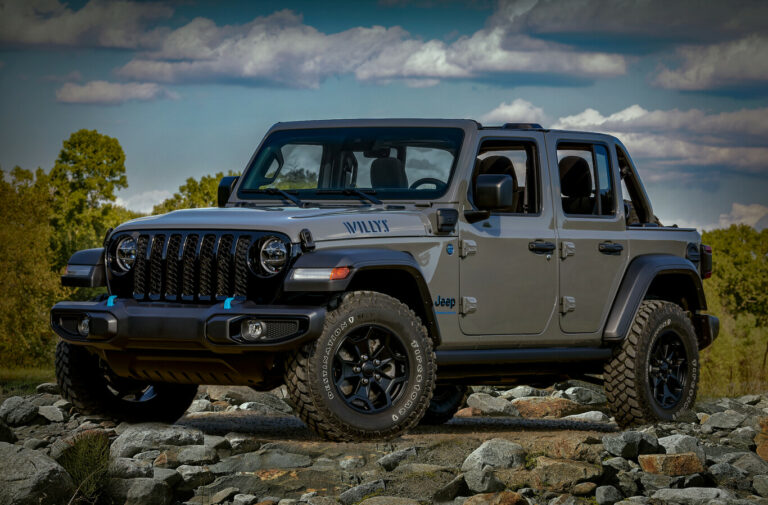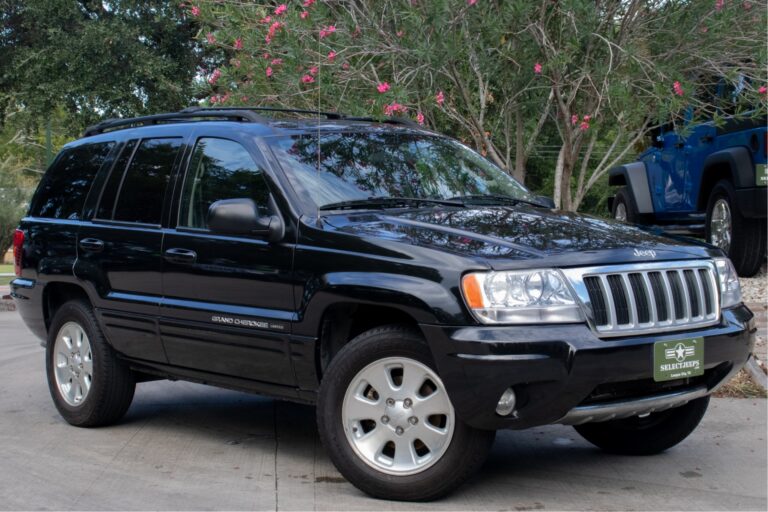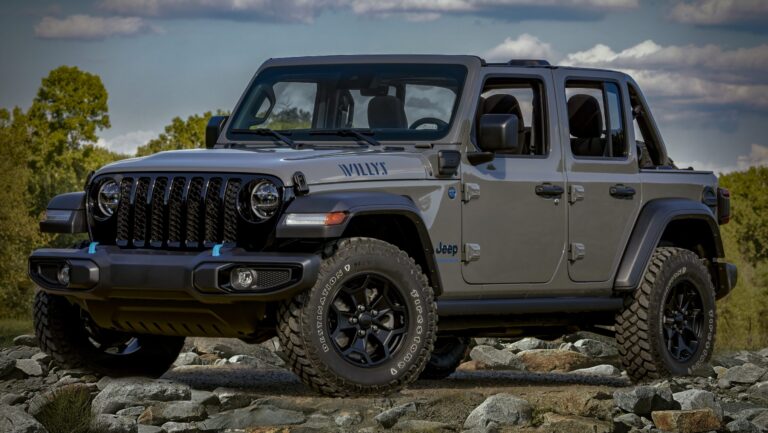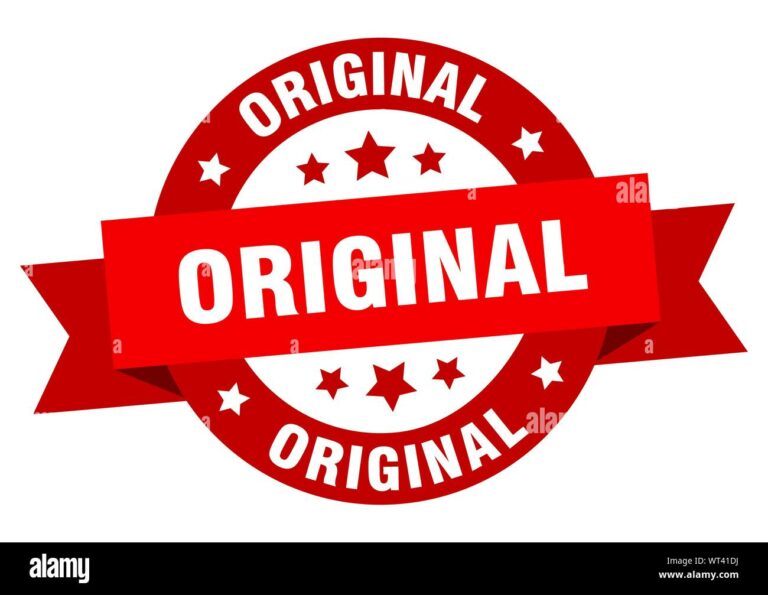Indian Army Jeep For Sale: Your Ultimate Guide to Owning a Piece of History
Indian Army Jeep For Sale: Your Ultimate Guide to Owning a Piece of History jeeps.truckstrend.com
The roar of a rugged engine, the distinctive olive-green paint, and the undeniable sense of adventure – for many enthusiasts, the idea of owning an Indian Army Jeep is more than just acquiring a vehicle; it’s about embracing a legacy. These decommissioned workhorses, once serving on the nation’s frontiers, now find new lives in the hands of civilians, offering unparalleled off-road capability, a connection to history, and a canvas for customization. But the journey from military service to civilian ownership is paved with specific procedures, considerations, and a healthy dose of passion.
This comprehensive guide delves into everything you need to know about buying an Indian Army Jeep, transforming what might seem like a daunting task into an exciting and informed pursuit.
Indian Army Jeep For Sale: Your Ultimate Guide to Owning a Piece of History
The Allure of the Olive Green: Why Buy an Ex-Army Jeep?
Beyond the sheer novelty, there are compelling reasons why these robust machines continue to captivate buyers across India:
- Unmatched Durability and Reliability: Built for the harshest terrains and most demanding conditions, ex-army jeeps are engineered for resilience. Their heavy-duty chassis, robust suspension, and straightforward mechanicals mean they can take a beating and keep going.
- Legendary Off-Road Prowess: With high ground clearance, powerful 4×4 systems, and a low center of gravity, these jeeps are designed to conquer challenging landscapes. From rocky trails to muddy paths, they excel where most modern SUVs fear to tread.
- Historical Significance: Owning an ex-army jeep is owning a tangible piece of India’s defense heritage. Each dent and scratch tells a story of duty, patriotism, and the unwavering spirit of the armed forces. It’s a collector’s item and a conversation starter.
- Cost-Effectiveness: While restoration can add up, the initial purchase price of an ex-army jeep is often significantly lower than a new 4×4 vehicle with comparable off-road capabilities. This makes them an attractive option for budget-conscious adventurers.
- Customization Potential: The basic, no-frills design of these jeeps makes them a perfect platform for personalization. Owners can easily modify them with aftermarket accessories, engine upgrades, suspension lifts, and cosmetic enhancements to suit their specific needs and tastes.
- Unique Appeal and Community: An olive-green jeep stands out from the sea of modern cars. It evokes a sense of nostalgia and adventure. Moreover, owning one connects you to a vibrant community of fellow enthusiasts who share knowledge, parts, and a passion for these iconic vehicles.

Understanding the Beasts: Common Models and Their Characteristics
While the term "Indian Army Jeep" broadly applies, the vast majority of surplus vehicles available are derivatives of the classic Willys Jeep, primarily manufactured by Mahindra.
- Mahindra MM540/550: These are arguably the most common and sought-after ex-army jeeps. They are robust, utilitarian vehicles known for their powerful diesel engines (often the Peugeot-derived XD3P or the later MDI3200), strong axles, and excellent 4×4 capabilities. The MM550, in particular, was widely used in military service due to its heavy-duty suspension and robust build, making it a true workhorse. They offer a good balance of off-road performance and relative ease of maintenance.
- Mahindra MM440: An earlier model, the MM440 shares many characteristics with its successors but might feature slightly older mechanicals. It’s still a very capable off-roader and a popular choice for those looking for a restoration project.
- Willys CJ-3B/CJ-5: While less commonly found directly from army surplus auctions in recent years, these classic Willys models laid the foundation for Mahindra’s jeeps. If you come across one, it’s likely a civilian model or an older ex-army vehicle that has already been through private hands. They are highly collectible for their vintage appeal.
- Jonga (Nissan Patrol P60): The Jonga, short for Jabalpur Ordnance and Guncarriage Assembly, is a legendary vehicle produced by Vehicle Factory Jabalpur (VFJ) under license from Nissan. It’s known for its powerful petrol engine, immense size, and exceptional off-road capabilities. Jongas are much rarer in the civilian market, commanding significantly higher prices due to their collector status and unique history. Finding a genuine ex-army Jonga for sale is a rare feat.
For most prospective buyers, the Mahindra MM540/550 series will be the primary focus due to their availability, parts support, and proven performance.
The Procurement Process: How to Acquire an Ex-Army Jeep
Acquiring an ex-army jeep requires navigating specific channels. Here’s a breakdown of the most common methods:
- Direct Auctions via MSTC (Metal Scrap Trade Corporation Limited): This is the most legitimate and often the most cost-effective way to buy an ex-army vehicle. MSTC, a Public Sector Undertaking under the Ministry of Steel, conducts e-auctions for surplus government and military vehicles.
- Process: Register on the MSTC website as a buyer, pay a refundable security deposit, and participate in online auctions. Vehicles are sold "as is, where is" and "whatever there is."
- Benefits: Transparent process, genuine ex-army vehicles, potentially lower prices.
- Drawbacks: Vehicles are often in very rough condition, requiring significant restoration. The bidding process can be competitive. You must handle all documentation and transportation yourself.
- Authorized Dealers and Scrap Yards: Many dealers and scrap yard owners purchase vehicles in bulk from MSTC auctions, refurbish them to varying degrees, and then resell them to the public.
- Benefits: Less hassle with documentation (as the dealer usually handles the initial transfer), vehicles might be in better running condition or partially restored, easier to inspect.
- Drawbacks: Higher prices due to the dealer’s margin and refurbishment costs. Quality of refurbishment can vary widely.
- Private Sellers: Individuals who have previously bought from auctions or dealers might decide to sell their ex-army jeep.
- Benefits: Potential for finding a well-maintained or already restored vehicle. Direct negotiation.
- Drawbacks: Risk of fraudulent sellers or incomplete documentation. Always verify the vehicle’s history and papers thoroughly.
Key Documents Required for Ownership Transfer:
Regardless of the procurement method, ensure you receive and transfer the following crucial documents:
- Sale Certificate/Delivery Order: Issued by MSTC or the selling authority.
- No Objection Certificate (NOC): From the military/concerned department, confirming the vehicle is surplus.
- Original Registration Certificate (RC): The RC will initially be in the name of the "Ministry of Defence" or similar. It needs to be transferred to your name and converted from "Defence" to "Private" category.
- Insurance: Obtain new insurance coverage.
- Pollution Under Control (PUC) Certificate: Needed for registration.
Crucial Considerations Before You Buy
Purchasing an ex-army jeep is not like buying a used car. It’s a project that requires foresight and financial planning.
- Condition Assessment is Paramount:
- Rust: This is the most common enemy. Inspect the chassis, floorboards, body panels, and wheel arches for extensive rust. Surface rust is manageable, but structural rust is a major red flag.
- Engine Health: Check for excessive smoke, strange noises, oil leaks, and overall running smoothness. A compression test is advisable.
- Chassis Integrity: Look for bends, cracks, or signs of major accidents. The chassis is the backbone of the vehicle.
- Suspension and Axles: Inspect leaf springs, shock absorbers, and axles for damage or excessive wear.
- Electricals: Older wiring can be problematic. Check lights, indicators, and dashboard functions.
- Gearbox and Transfer Case: Test all gears, including 4×4 low and high, for smooth engagement and absence of grinding noises.
- Always bring an experienced mechanic who understands older vehicles for a pre-purchase inspection.
- Legal Formalities & Documentation: The re-registration process from "Defence" to "Private" ownership can be complex and time-consuming at the RTO. Be prepared for multiple visits, paperwork, and potential delays. Ensure the vehicle’s chassis and engine numbers match the documents perfectly. Some states have specific rules for vintage vehicles or those with older emission standards.
- Maintenance & Parts Availability: While Mahindra parts are generally available, some specific military-grade components might be harder to source. You’ll need a mechanic who is familiar with older diesel engines and 4×4 systems. Be prepared for regular maintenance and the occasional major repair.
- Fuel Efficiency: Ex-army jeeps are not known for their fuel economy. Their older diesel engines and heavy build mean you should expect lower mileage compared to modern vehicles.
- Comfort & Safety: These vehicles are basic. They lack modern amenities like air conditioning, power steering, or advanced safety features (airbags, ABS). Comfort is minimal, and the ride can be harsh.
- Emissions Compliance: This is a growing concern. Older BS0/BS1 engines might face restrictions or bans in major cities due to stricter emission norms. Check the regulations in your state and city before purchasing. An engine swap to a newer, compliant engine is an option, but it involves additional cost and RTO approval.
Tips for a Successful Purchase
- Do Your Homework: Research specific models, common issues, and market prices. Join online forums and groups dedicated to ex-army jeeps.
- Set a Realistic Budget: Don’t just factor in the purchase price. Allocate significant funds for RTO transfer, insurance, essential repairs, major overhauls (engine, suspension), bodywork, and desired modifications.
- Inspect Thoroughly: Never buy sight unseen. Bring your mechanic and spend ample time inspecting the vehicle.
- Verify Documents Meticulously: Ensure all chassis and engine numbers match the paperwork. Check for any pending challans or legal disputes.
- Negotiate Wisely: Especially with private sellers or dealers, there’s always room for negotiation. Use any identified flaws as leverage.
- Factor in Restoration Costs: Assume the vehicle will need some level of restoration. It’s rarely a plug-and-play purchase.
Challenges and Solutions
- Challenge: Extensive Rust:
- Solution: Thorough pre-purchase inspection. For minor rust, professional rust treatment and bodywork are essential. For major structural rust, it’s often better to avoid or budget for chassis replacement/heavy fabrication.
- Challenge: Engine Issues/Overhaul:
- Solution: Budget for a complete engine overhaul or even a legal engine swap to a more modern, efficient, and emission-compliant unit. Find a reputable mechanic specializing in diesel engines.
- Challenge: Documentation Hurdles at RTO:
- Solution: Patience and persistence are key. Keep all original documents. Consult with RTO agents who specialize in transfer of ex-army vehicles. Ensure NOC and sale certificate are impeccable.
- Challenge: Sourcing Specific Parts:
- Solution: For common Mahindra models, parts are generally available. For rare components, connect with enthusiast communities, specialized scrap yards, or fabrication shops.
- Challenge: Meeting Emission Norms:
- Solution: Check local regulations. If an engine swap is viable and legal in your area, consider it for long-term usability. Otherwise, these vehicles might be best suited for non-urban use or as a collector’s item.
Price Table: Indicative Costs for Indian Army Jeeps For Sale
Please note that prices can vary significantly based on the vehicle’s condition, model, location, seller type (auction, dealer, private), and the extent of restoration already undertaken. The figures below are indicative ranges.
| Feature/Factor | Description | Indicative Price Range (INR) | Notes |
| Vehicle Type | |





